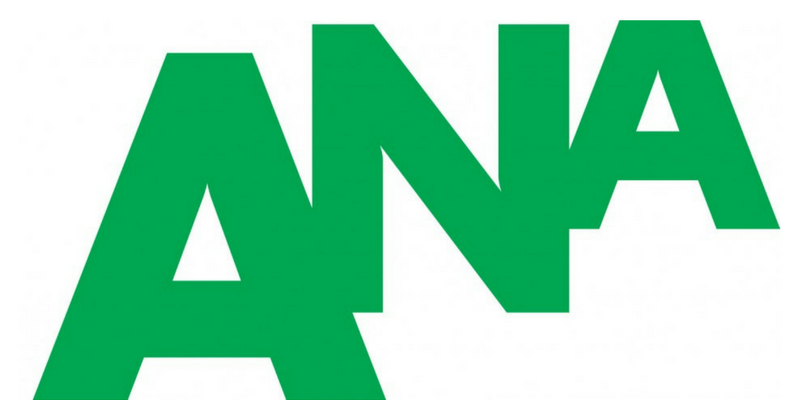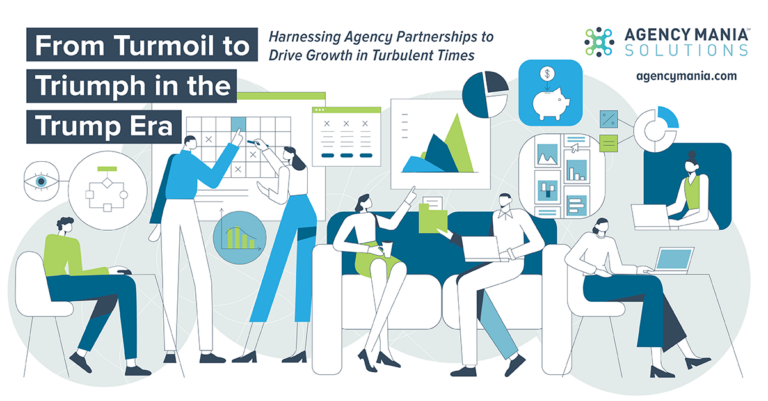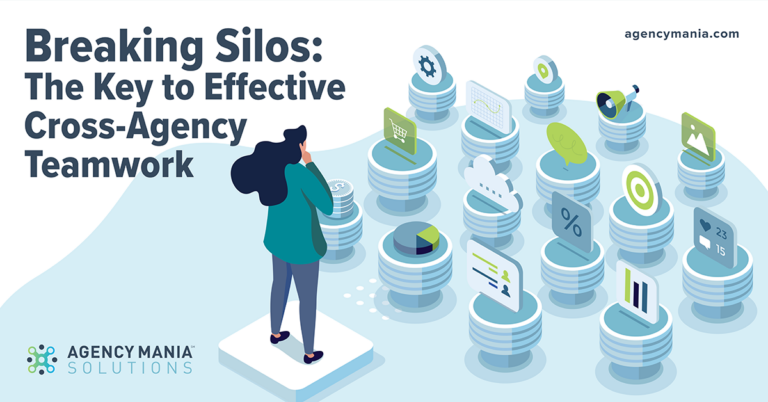How can we build a more resilient and effective supply chain in a post-COVID and constantly disrupted marketplace? Perhaps at no other time in our history has the importance of the supply chain been so obvious in companies’ ability to operate and drive organizational growth. Yet the marketing and advertising world has long understood that acute dependency. Brand advertisers heavily rely both on in-house teams and external partners—or what you might call their advertising supply chain—to support the work of their marketing team. Not surprisingly, top performers seem to thrive in “supply chain” excellence, relying on agile, flexible and ever-evolving ecosystems.
Marketing and advertising efforts are progressively more important because they fuel growth and brand building, both of which are needed to successfully compete. Despite economic uncertainty, war, the tight labor market and ongoing supply chain issues, marketing budgets increased from 6.4% of total company revenue in 2021 to 9.5% in 2022, according to new survey findings from management consulting firm Gartner. To execute strategy, brand advertisers rely on these budgets and an increasingly vast, diverse and multidisciplinary set of relationships that are organized in a roster of approved agencies, consulting firms, and marketing and advertising suppliers. Still, the majority of CMOs reported in the Gartner survey that they lacked the capabilities and talent—in-house as well as outside strategic partners—to deliver on their strategy.
Supplier resources are often grouped and organized in a preferred partner program (aka P3), which provides governance and structure while supporting the company’s overall supplier relationship management (SRM) strategy. Think of a P3 as a framework to more easily search, arrange, engage, leverage and strengthen important competencies. Having a P3 doesn’t mean an advertiser lacks an agency of record (AOR) to handle most of the global creative or media duties. Simply, having a roster of partners can prove useful, whether for overflow purposes (e.g., the AOR doesn’t have the bandwidth to handle the work) or to address specialty needs, such as social and influencer marketing, SEO, e-commerce and shopper marketing, or experiential, that go beyond the scope of an AOR.
A P3 is essentially a single and powerful destination for the marketing organization to effortlessly retrieve, evaluate and match their project needs to resources that are already part of the company’s roster of suppliers. Let’s dive into what it takes to design and implement a robust preferred partner program and the mistakes advertisers should avoid at all costs.
Designing for Success
Slow down, so you can go fast. This mantra applies perfectly to the initial phase of putting together a P3. Marketing teams occasionally hire rogue vendors to get their work done instead of relying on a well-vetted, easily searchable database and tightly structured governance model. A P3 is designed to encourage the use of vendors that consistently deliver great work, and which are rewarded by being invited to do more. It’s about increasing partnership accountability. A P3 also shortens the long tail of vendors that are inactive, have low spend and present little strategic value. Examples of a company’s P3 objectives might include:
- Provide a comprehensive, robust supply chain ecosystem and resource partner capability to the marketing organization.
- Move toward collaboration-based relationships to drive advantaged customer and business outcomes that only quality partnerships can deliver or preserve.
- Improve the speed, quality and accuracy of selecting vendors with the right skill sets and competencies for a given project or assignment.
- Accomplish economy of scale by concentrating more spend with top-performing partners (e.g., 20/80—20% of partners handle 80% of the spend).
- Encourage the use of diverse vendors.
- Enable company leaders to monitor vendor spend across all activities and, based on merit, reinforce the use of preferred partners while realizing economy of scale.
Having clear, realistic and tangible objectives is essential to design the right program and attract the organizational support from the onset.
Building to Last
Implementing a well-structured partnership program requires careful consideration and reasonable efforts internally. Although some impact will be felt almost instantly, most benefits will materialize over time—such as reducing your vendor long tail, boosting work output, increasing productivity, improving compliance to internal policies and driving greater cost efficiencies. A partnership program must be designed and built for the long run, with a minimum commitment of two to three years.
Considerations that will positively influence the effectiveness and longevity of a P3 include:
- Rich, detailed and up-to-date vendor profiles to ensure the best suppliers are selected for the most appropriate assignments.
- Evaluation scores or ratings to filter and favor top-performing vendors.
- A feedback mechanism to ensure high user satisfaction and immediate course correction.
- The buy-in, endorsement and advocacy of senior executives (marketing and procurement) to secure long-term internal adoption.
Having a process to evaluate partnerships, and making the evaluation results part of vendors’ profiles, contributes to better internal decision-making.
Based on the complexity and scale of a new partnership program, as well as the organization’s overall readiness, phasing it in may be best. Communication, training and Q&A sessions can help ensure a smooth transition and maximum internal adoption.
Unlocking Measurable Value
If things don’t add demonstrable value, they simply add costs. Here are examples of roadblocks that can undermine the performance and value of a P3:
- Outdated vendor data. If information is not kept current, it becomes unusable. Busy marketers will start ignoring the data altogether.
- Lack of adoption and internal use. If the program lacks training or leadership buy-in, or has poorly orchestrated launch activities or inaccurate data, low satisfaction will impact overall use internally.
- Lack of effective filters to narrow down the list of quality and relevant vendor candidates for a specific assignment.
After a P3 is fully rolled out, measuring its value is critical to continual improvement. A quantifiable scorecard—based on program objectives and a concise set of metrics—help validate the strategy and justify future efforts.
A P3 is designed to unlock top organizational value by matching diverse marketing requirements with a carefully selected set of qualified, carefully vetted resources. Implemented poorly, a P3 will undermine marketing efforts and increase costs. Set up properly, it will strengthen the “supply chain,” become essential to a company’s SRM strategy and serve as a valuable resource for your CMO and the company’s marketing organization. Then, you can rest assured you have the right talent in place and that it’s focused on the right type of work.
Read our article featured on Forbes & Association of National Advertisers
By Bruno Gralpois, Author/Speaker, Thought-provocateur, Client/Agency Guru, Entrepreneur, Innovator
July 19, 2022









